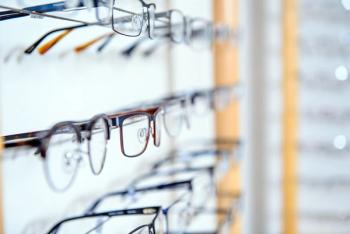
Stem cell transplantation is an emerging field in ocular medicine
Increasing knowledge of stem cells, and their application in reparative medicine, holds tremendous promise in treating eye disease and injury. At the plenary session held during the annual meeting of the American Academy of Optometry, three experts discussed the current and potential uses of stem cells in ocular medicine.
Seattle-Increasing knowledge of stem cells, and their application in reparative medicine, holds tremendous promise in treating eye disease and injury. At the plenary session held during the annual meeting of the American Academy of Optometry, three experts discussed the current and potential uses of stem cells in ocular medicine.
Amander T. Clark, PhD, a cell biologist and geneticist from UCLA, presented an in-depth overview of stem cells, and findings from early studies. “There are promising results from phase I and II trials, and we will know more once they have moved into phase III studies,” said Dr. Clark.
One area of interest is in the treatment of Stargardt disease and dry age-related macular degeneration. Early preclinical trials found that rats had improved vision when injected with embryonic stems cells, Dr. Clark explained.
“We are very excited about the treatment of eye disease using stem cells, and but it is important to understand that there are different kinds of stem cells and not all of them will work for every problem,” she noted.
Jeffrey Goldberg, MD, PhD, professor and director of research at the Shiley Eye Center at the University of California, San Diego, discussed current research for transplanting stem cells in posterior segment disease.
“Stem cells may offer neuroprotection and cell replacement,” Dr. Goldberg said. “They can repair cells and help a patient keep what they have.”
Research is this domain is still early, but progress has been made. But better therapies, for example, are needed for glaucoma, especially in patients who already have significant damage. “We need neuro-enhancement and regeneration therapies, and neuroprotection,” said Dr. Goldberg. “When we think of those things, it takes us from the front of the eye to the back.”
Victor L. Perez, MD, associate professor of ophthalmology at the Bascom Palmer Eye Institute at the University of Miami, moved the discussion up front, to the anterior ocular segment. The corneal surface is directly accessible, which makes it much easier to study and develop novel cell replacement therapies, he said.
Patients who are stem cell deficient-such as those who lose stem cells from chemical and thermal burns, multiple surgeries, contact lens use, and infection and tumors-can greatly benefit from stem cell therapy.
Thus, practitioners need to know that if they have patients with stem cell deficiency, “they are not stuck,” Dr. Perez said. “There are options now.”
However, he cautioned that some patients are not good candidates for stem cell therapy, and the success of therapy often depends on the origin of the stem cells, and the type used.
Newsletter
Want more insights like this? Subscribe to Optometry Times and get clinical pearls and practice tips delivered straight to your inbox.



















































.png)


